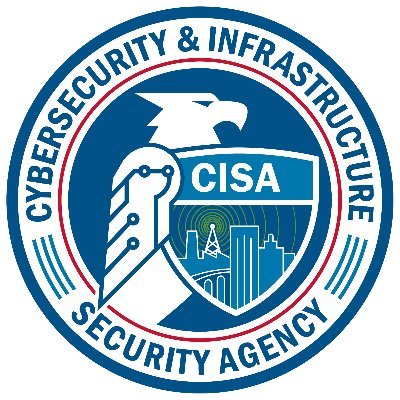
Overview
A vulnerability in an Insyde H2O UEFI firmware application allows digital certificate injection through an unprotected NVRAM variable. This issue arises from the unsafe use of an NVRAM variable, which is used as trusted storage for a digital certificate in the trust validation chain. An attacker can store their own certificate in this variable and subsequently run arbitrary firmware (signed by the injected certificate) during the early boot process within the UEFI environment.
Description
Unified Extensible Firmware Interface (UEFI) defines a modern firmware architecture that facilitates interaction between a computer’s hardware and its operating system during early boot. When a UEFI-compliant system starts, UEFI applications and drivers are executed to initialize the system and hand off control to the operating system (OS) loader. These UEFI applications must be signed and verified for execution under Secure Boot. These signatures can originate from the OEM or from entries in the system’s signature database (DB), which commonly includes the Microsoft UEFI Certificate Authority (CA).
UEFI defines extensible NVRAM variables that store configuration, device customization, and runtime context shared across UEFI applications and the operating system. A vulnerability was identified in a firmware application due to the use of an untrusted NVRAM variable, SecureFlashCertData, to store and exchange public keys. Because this NVRAM variable is not protected (i.e., not locked), it can be updated at runtime—allowing an attacker to inject their own keys.
As described by the security researcher Nikolaj Schlej
The origin of this vulnerability is the fact that Insyde H2O authors decided to use volatile NVRAM as trusted storage for data exchange between the points of loading the signing certificates from the FW (which can happen in many places in multiple DXE drivers) and verifying the signature of platform tools and update capsules (which happens in a library implementing LoadImage/StartImage pair). Due to use of common library functions (akin LibGetVariable), there’s no way for LoadImage to ensure that the NVRAM variables it consults are indeed volatile and had been previously set by the firmware itself, so hijacking them becomes a trivial “set the very same variables as non-volatile from OS environment”, which the PoC tool performs if ran from Windows Administrator terminal. Any other means to write the same variables to non-volatile NVRAM (i.e. Linux efivars subsystem) will also work the same way.
To mitigate this vulnerability, affected UEFI modules must be updated via vendor-provided firmware updates. Firmware security analysis tools can also inspect affected variables in firmware images to assess exposure to this vulnerability. Note that UEFI variable locking, while supported in some implementations, is currently poorly documented or as it stands unavailable with reference implementations for vendors to adopt.
Impact
An attacker with the ability to modify the SecureFlashCertData NVRAM variable at runtime can use it to inject their digital certificate and bypass Secure Boot. This allows unsigned or malicious code to run before the OS loads, potentially installing persistent malware or kernel rootkits that survive reboots and OS reinstallations. Because this attack occurs before OS-level security tools initialize, it can evade detection by endpoint detection and response (EDR) systems. In some cases, it may even disable EDR systems entirely by modifying low-level interfaces before they load.
Solution
Due to the supply-chain redistribution of this firmware application across multiple Original Device Manufacturers (ODMs) and Original Equipment Manufacturers (OEMs), the vulnerability may be present in multiple PC models. Please check the Vendor Information section for details.
Acknowledgements
Thanks to researcher Nikolaj Schlej for the responsible disclosure of this vulnerability to CERT/CC. Thanks also to Insyde and other vendors for addressing the vulnerability with appropriate actions. This document was written by Vijay Sarvepalli.

